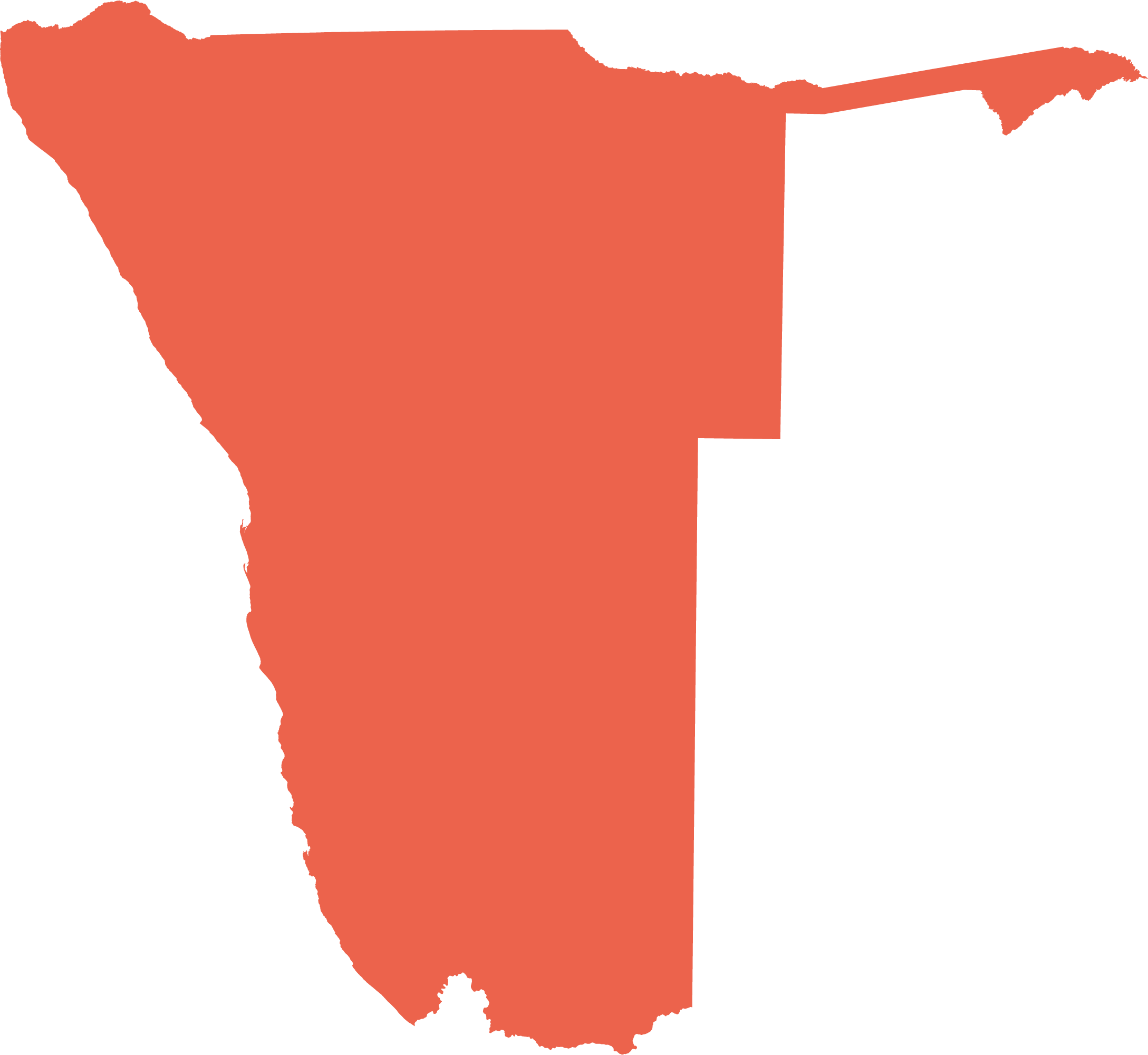Namibia's freshwater resources
Namibia is predominantly arid and commonly referred to as the driest country south of the Sahara. Flowing rivers are mostly confined to the country's northern and southern borders. Other areas of open water are few and far between. But for short, often magical times there may be abundant water across the country’s surface. Such times are restricted to the rainy season – usually those seasons with 'good' rainfalls.
Namibia's water – or lack thereof – is defined by three main factors. Firstly, the climate, manifested in low, variable rainfall and high rates of evaporation. The effects of warm, dry air and wind combine to produce high rates of evaporation, while the potential for rain depends mainly on inflows of moist air from the tropics to northern Namibia. Such inflows are blocked for much of the time by high-pressure air masses. Secondly, the combination of geology, soils and vegetation cover that make up the land's gradient and substrate determine whether the rain that falls flows away along watercourses, pools up to form pans or vleis, or seeps into the ground. Thirdly, how we use water resources influences how much water there is above and below the ground, how long it remains, and its quality.
Fresh water is an essential resource for almost every human domestic and economic activity. To meet these needs and to ensure that we have enough fresh water from one good rain season to another, Namibia has had to find, pump, store, purify, recycle and move water from where it is available to where it is needed. Advanced technologies have been developed to make all these activities possible.
Photo: This is the Kunene River cascading over Epupa Falls on Namibia's border with Angola. Namibia derives considerable benefits from this river's water, all of which comes from its catchment in central and southwestern Angola. Small volumes are pumped out of the river into canals and transferred along thousands of kilometres of pipelines that radiate across central-northern Namibia, providing water to more than 30 per cent of the country's population. Water from the Kunene River is also used to generate electricity at Ruacana, at times contributing 75 per cent of the power produced in Namibia. However, flow along the river – and therefore electricity generated – has decreased in recent years, forcing Namibia to spend billions of dollars of public funds to purchase costly power from other sources.

